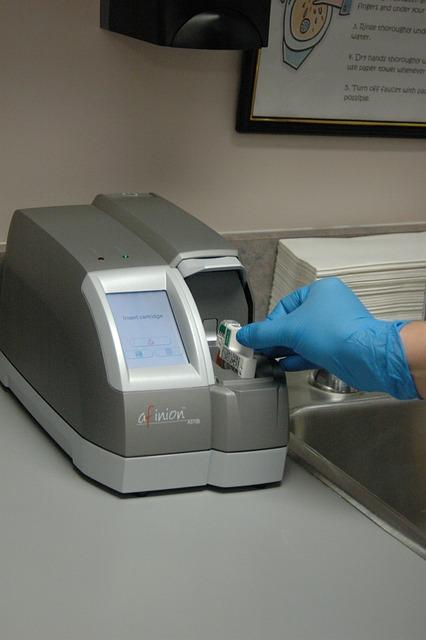
Achieving Low A1C: Tips and Strategies for Success
For individuals with diabetes, managing blood sugar levels is essential for overall health and well-being. One key marker of blood sugar control is the A1C test, which measures average blood glucose levels over the past 2-3 months. A low A1C level indicates good blood sugar control and reduces the risk of complications associated with diabetes. In this article, we will discuss some tips and strategies for achieving a low A1C and improving your overall diabetes management.
1. Monitor Blood Sugar Levels Regularly
One of the most important steps in achieving a low A1C is monitoring your blood sugar levels regularly. This can help you identify patterns and trends in your blood sugar levels and make necessary adjustments to your treatment plan. It is recommended to check your blood sugar levels at least 4 times a day, including before and after meals, and at bedtime. Keeping a log of your blood sugar readings can also help you and your healthcare provider track your progress over time.
2. Follow a Healthy Diet
Eating a healthy and balanced diet is crucial for managing blood sugar levels and achieving a low A1C. Focus on eating a variety of fruits, vegetables, whole grains, lean proteins, and healthy fats. Limit your intake of sugary foods and beverages, refined carbohydrates, and processed foods. Opt for complex carbohydrates that are high in fiber, as they can help stabilize blood sugar levels. Additionally, try to eat regular meals and snacks throughout the day to prevent spikes and crashes in blood sugar.
3. Stay Active
Regular physical activity is another important factor in achieving a low A1C. Exercise can help improve insulin sensitivity, lower blood sugar levels, and reduce the risk of complications associated with diabetes. Aim for at least 150 minutes of moderate-intensity exercise per week, such as brisk walking, cycling, or swimming. Incorporating strength training exercises into your routine can also help increase muscle mass and improve blood sugar control. If you have been inactive for a while, start slowly and gradually increase the intensity and duration of your workouts.
4. Take Medications as Prescribed
If you have been prescribed medications to manage your blood sugar levels, it is important to take them as directed by your healthcare provider. Skipping doses or not taking medications as prescribed can lead to fluctuations in blood sugar levels and prevent you from achieving a low A1C. If you have any concerns about your medications or experience side effects, talk to your healthcare provider before making any changes to your treatment plan.
5. Manage Stress
Stress can have a negative impact on blood sugar levels and overall diabetes management. Finding healthy ways to manage stress, such as practicing relaxation techniques, mindfulness, or engaging in activities you enjoy, can help lower stress levels and improve blood sugar control. Make time for self-care and prioritize activities that help you relax and unwind. If you are struggling to cope with stress, consider talking to a mental health professional for additional support.
6. Get Regular Check-Ups
Regular check-ups with your healthcare provider are essential for monitoring your A1C levels and overall diabetes management. Your healthcare provider can review your blood sugar readings, adjust your treatment plan if necessary, and provide guidance on how to achieve a low A1C. They may also recommend additional tests or screenings to assess your risk for complications associated with diabetes. Be sure to schedule regular appointments and communicate any changes in your symptoms or blood sugar levels to your healthcare provider.
7. Set Realistic Goals
Achieving a low A1C takes time, patience, and dedication. It is important to set realistic goals for yourself and celebrate small victories along the way. Focus on making gradual changes to your diet, exercise routine, and medication management, rather than trying to make drastic changes all at once. Keep a positive attitude and stay motivated, even when faced with challenges or setbacks. Remember that every step you take towards improving your blood sugar control is a step in the right direction.
In conclusion, achieving a low A1C is a key component of successful diabetes management. By monitoring your blood sugar levels regularly, following a healthy diet, staying active, taking medications as prescribed, managing stress, getting regular check-ups, and setting realistic goals, you can improve your overall health and well-being. Remember that managing diabetes is a journey, and it is okay to ask for help and support along the way. With dedication and commitment, you can achieve a low A1C and reduce your risk of complications associated with diabetes.












